Its undeniable that, the Masai Mara National Reserve stands out as one of Africa’s most iconic wildlife sanctuaries.
In Kenya’s southwest, the sprawling 1,510-square-kilometer Masai Mara National Reserve bursts with wildlife, most famously during the awe-inspiring wildebeest migration. This annual spectacle sees over a million wildebeest traverse plains, valleys, and rivers on a relentless quest for fresh pastures.
But the magic of the Mara isn’t limited to this seasonal wonder. A safari here guarantees incredible wildlife encounters year-round. On our daily excursions, we were constantly amazed: hyena pups playfully sniffing our jeep tires, elephants grazing near our tents at night, and the raw power of a lion pride taking down a zebra. Despite its immense popularity, the Masai Mara’s untamed beauty and abundant wildlife left us breathless.
The Masai Mara takes its name from the Maasai people, the indigenous inhabitants who have long called this land home. “Mara” itself comes from their language, meaning “spotted” – a fitting description for the landscape’s scattered acacia trees and shrubs, visible from afar like a sprawling tapestry.
The Masai Mara isn’t just a park; it’s a vital piece of the sprawling Serengeti-Mara ecosystem. Sharing a porous border with Tanzania’s renowned Serengeti National Park, this region pulsates with life. Millions of animals—a breathtaking tapestry of wildebeest, zebra, lions, elephants, and more—roam freely across these vast plains. In this guide, we’ll equip you with the essentials for an unforgettable safari adventure in the heart of the Masai Mara.
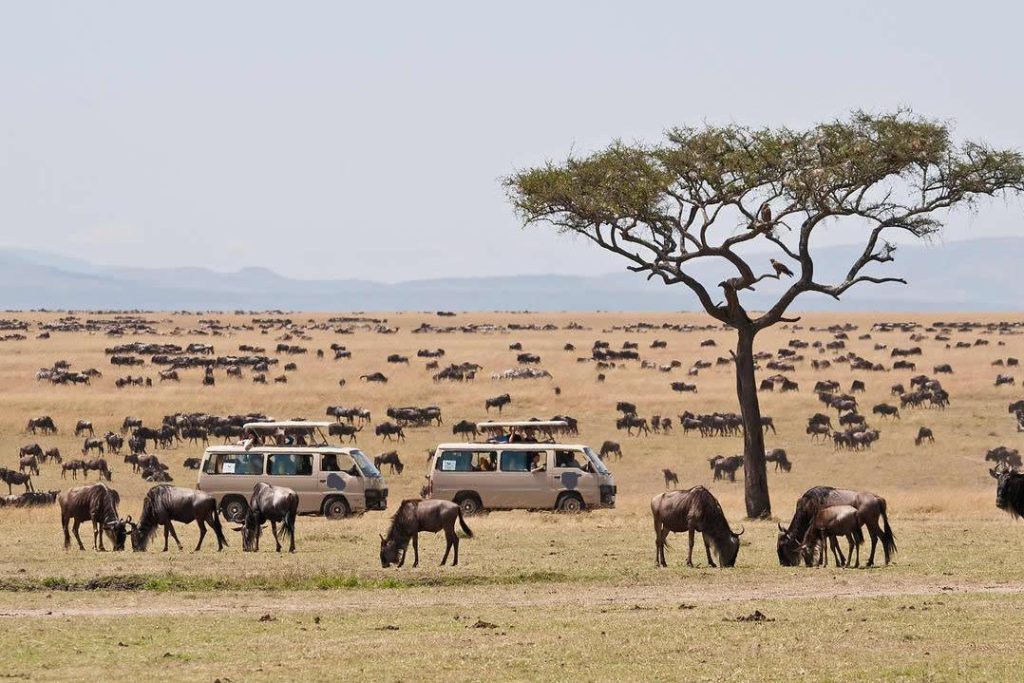
Guide to Masai Mara National Park
Best time to visit Masai Mara
The Masai Mara experiences a rainy season from March to May. While some camps close during this time due to muddy roads hindering game drives, it’s not all about drawbacks. The “green season” offers unique advantages. Lodges often slash prices by up to 50%, making it a budget-friendly option. Witnessing the surge of newborn wildlife amidst a landscape reborn is a special experience.
However, if your heart is set on witnessing the incredible wildebeest migration, be prepared for peak-season crowds and prices. But for those seeking a balance between affordability and wildlife encounters, the shoulder seasons (January-February and June-July) are ideal. You’ll encounter fewer crowds and potentially lower prices compared to peak migration periods.
Animals in Masai Mara
The Masai Mara boasts all members of the “Big Five,” including a recovering black rhinoceros’ population that’s climbed back to around 40 after facing near-extinction in the 1980s. Cat lovers won’t be disappointed – lion prides and cheetahs are frequent sightings. In just a week, we encountered six lion prides, four cheetahs, and even a rare serval and African wild cat!
Birdwatchers will be in awe with over 470 avian residents, including the bateleur eagle, the vibrantly colored lilac-breasted roller (Kenya’s national bird!), the majestic, crowned crane, lappet-faced vultures, tiny pygmy falcons, and the fascinating secretary bird.
The Mara’s untamed beauty has captivated audiences worldwide. You’ve likely seen it featured in nature documentaries, TV series, and even Hollywood films. BBC’s Big Cat Diaries documented the lives of these magnificent predators, while “Out of Africa” showcased the timeless allure of Kenya and the Masai Mara.
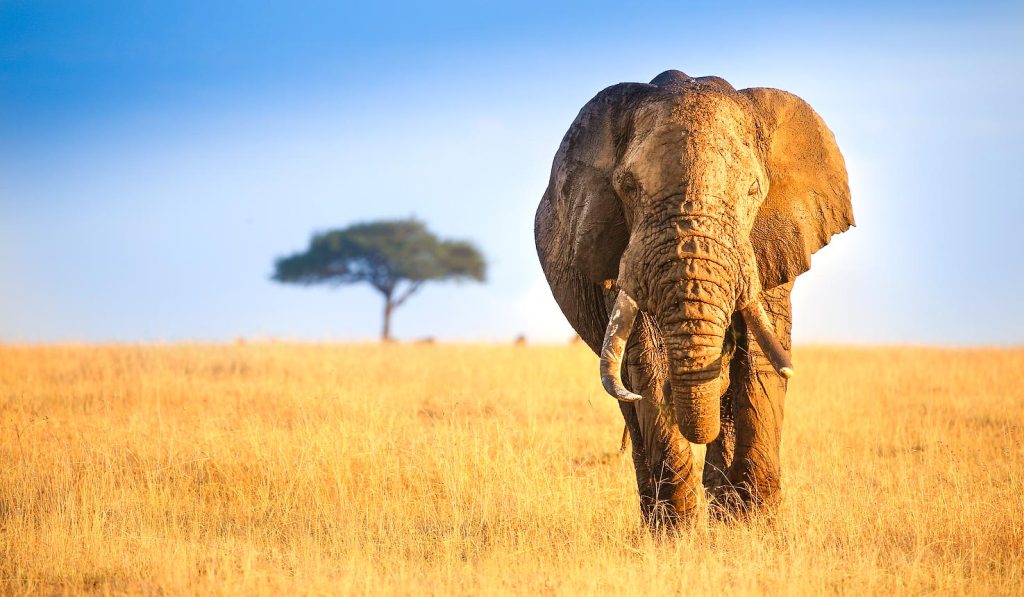
The great Migration in Masai Mara
Few spectacles on Earth rival the awe-inspiring Great Migration. Nearly 1.3 million wildebeest, alongside a throng of zebras, gazelles, and antelopes, embark on a continuous loop between Tanzania’s Serengeti and Kenya’s Masai Mara. This relentless pursuit of fresh pastures unfolds in a mesmerizing dance of movement, with monstrous herds thundering across the plains.
The Mara experiences the migration from July to October, a prime time that coincides with peak season crowds and prices. While we opted for a visit during the green season, the ever-shifting climate meant the rains arrived later than usual. Despite visiting in mid-April, we witnessed the first hints of the coming deluge.
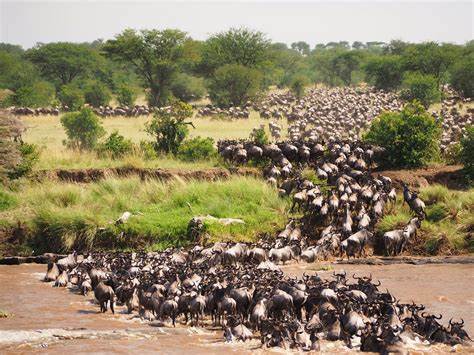
Masai Mara Landscape
The Masai Mara unfolds across 1,510 square kilometers (583 square miles) within the vast Serengeti-Mara ecosystem. Rolling grasslands dominate the landscape, bisected by seasonal rivers that snake their way through the plains. This vital reserve forms a small but crucial piece of the ecosystem, bordering Tanzania’s Serengeti National Park to the south. To the north, west, and east, Maasai communities maintain their traditional pastoral way of life.
The dramatic Esoit Escarpment, marking the western wall of the Great Rift Valley, forms a natural boundary for the park. Beyond the grasslands, explore pockets of forested riverbanks, acacia woodlands, lush swamps, and dense thickets, offering diverse habitats for a wealth of wildlife.
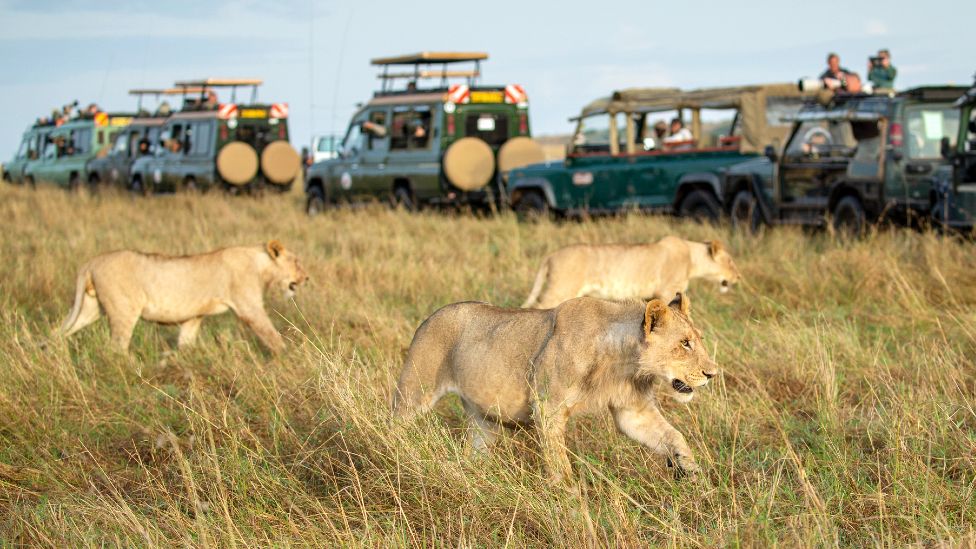
Tribes in Masai Mara
The Maasai, with their rich cultural heritage, are the indigenous people of the Masai Mara. Renowned for their fierce spirit and pastoral traditions, they’ve coexisted with this land for generations.
Today, the bond between the Maasai and the Mara continues. Many Maasai communities live around the reserve, and lodges often employ them as askari (guards), leveraging their deep knowledge of the wilderness. Visitors can experience this cultural connection firsthand through guided visits arranged by camps, or by supporting the sale of beautiful Maasai crafts.
During our stay in the Mara, we encountered Maasai in various roles at our camps, from guides to staff members, enriching our safari experience.
The beautiful Masai Mara Lodges
Hemingway’s Ol Seki
Nestled amidst the award-winning Naboisho Conservancy, promises an intimate and unforgettable wildlife experience. Perched on a scenic escarpment, the camp offers just ten luxurious tents, each a spacious haven of modern comfort wrapped in a canvas embrace. For families, two particularly expansive tents provide ample room for creating lasting memories.

Cottars Camp
Channel the timeless elegance of “Out of Africa” at Cottar’s 1920s Camp. Imagine unwinding in spacious, white canvas tents that unveil breathtaking panoramas stretching down towards the Serengeti and Masai Mara. Unfurl the canvas walls and step back in time – plush four-poster beds, a vintage gramophone serenading you from an antique trunk, and the gentle crackle of a wood-fired hot water heater ensuring a refreshing shower.
Here, amidst the untamed landscape, Cottar’s transports you to the golden age of safaris. Your guide on this timeless journey? Calvin Cottar, himself a descendant of the legendary Cottar family. For over a century, they’ve been Kenya’s preeminent safari dynasty, leading royalty, celebrities, and discerning travelers alike through unforgettable African adventures.

Governor’s Camp
Steeped in history, Governor’s Camp rests on the very spot where colonial Kenya’s governors once enjoyed exclusive access to the Mara’s wonders. World-renowned for its exceptional game viewing and breathtaking beauty. Today, Governor’s Camp, the first tented camp in the Masai Mara, carries the torch.
While the largest camp we encountered, with nearly 37 tents, Governor’s Camp masterfully preserves its charm. The spacious layout and the natural barrier of the riverine forest ensure privacy and tranquility. Many tents boast prime views, facing either the life-giving Mara River or the sprawling Masai Mara plains. Nighttime brings the magic of the Mara alive – the grunts of hippos, the roars of lions, and the calls of hyena’s serenade guests from their canvas abodes.

Modern comforts haven’t been sacrificed for ambience. All tents offer Wi-Fi, en-suite bathrooms with flush toilets and hot showers, and plush beds complete with hot water bottles for those cool African nights. The main bar extends onto a spacious deck overlooking the river, providing the perfect spot to unwind with a drink and soak in the panorama.
Game viewing around the lodge is undeniably exceptional, arguably some of the best in Africa. During our visit, we were surrounded by a mesmerizing spectacle – thousands of zebras blanketing the plains
Camping in Masai Mara
For the adventurous soul, the Masai Mara offers a range of camping options. The Mara Conservancy manages three basic public campsites, perfect for budget-conscious travelers seeking a more rustic experience. These operate on a first-come, first-served basis, so be sure to arrive early to secure your spot.
If you prefer a more private setting, eight private campsites are also scattered throughout the conservancy. These typically offer additional amenities and require reservations in advance.
Reservations are required for all campsites, including the private ones open to the public. For an added layer of security, especially at private campsites, hiring two night guards is mandatory. The cost is typically around 2,000 KSH per guard.
How to get to Masai Mara
For an unforgettable arrival experience, consider a scenic bush flight. Light aircraft land on dirt airstrips scattered around the Mara, offering a thrilling glimpse of the landscape from above. During our stay at Governor’s Camp, Governor’s Aviation delivered us directly to camp, with the airstrip conveniently located just 10 minutes away.
You can also travel by road to Masai Mara. From Nairobi the journey will take roughly 6 hours
The good news for budget-conscious travelers is that numerous affordable accommodations and campsites exist just outside the park, particularly around Narok. This allows you to experience the magic of the Mara safari without breaking the bank.
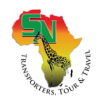
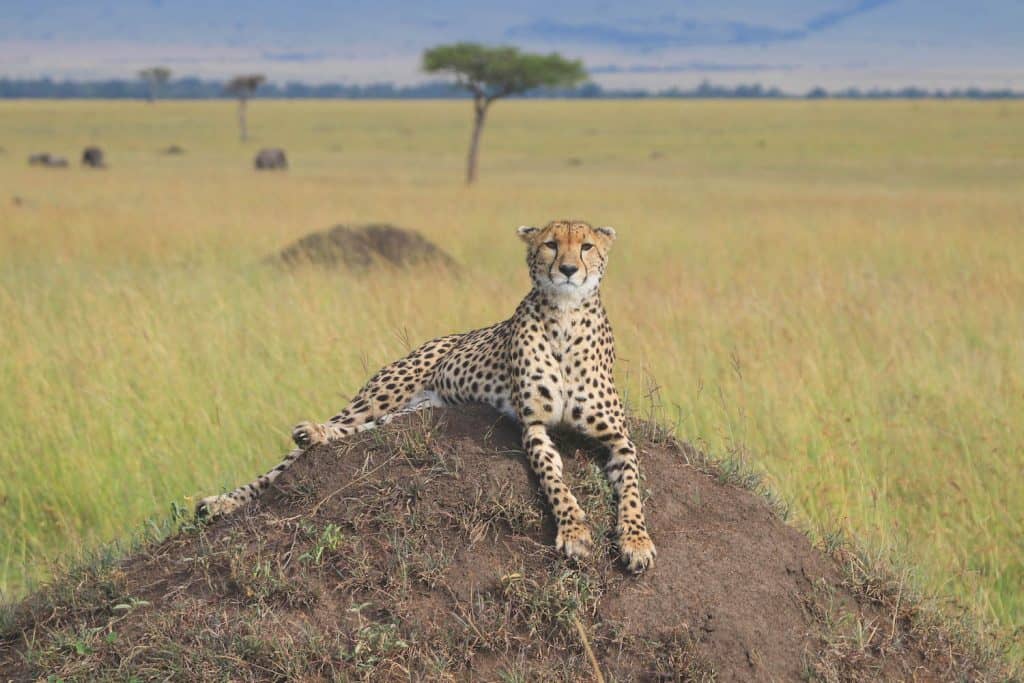
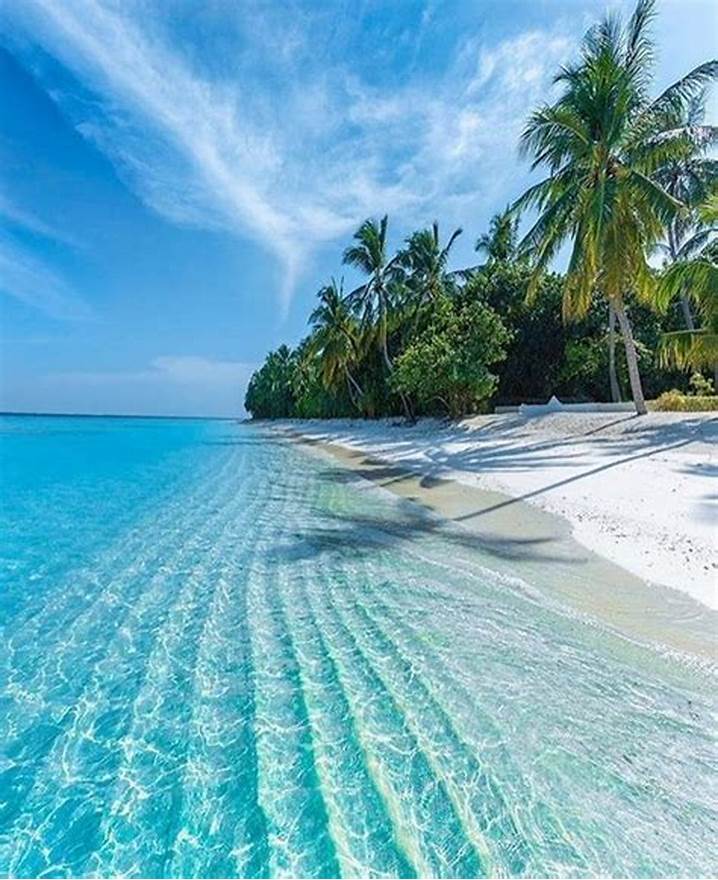

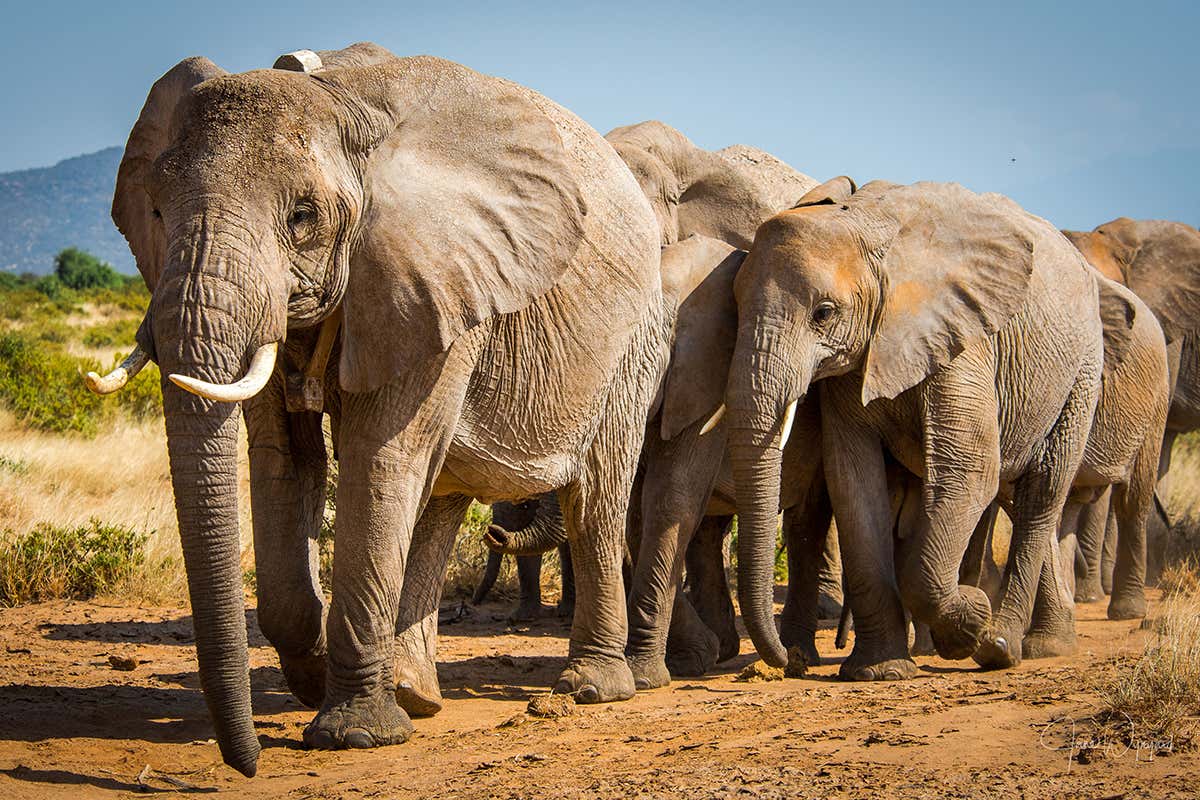
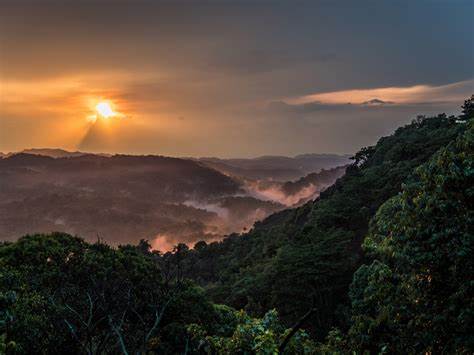
Приобретение профессиональной техники — важный этап в развитии красоты.
Прежде всего стоит понять задачи и процедуры, которые хотите предоставлять.
Важно изучить разрешения и надёжность выбранного оборудования.
Отзывы других клиентов помогут сформировать уверенный выбор.
beautyinstrument.ru
Также следует учитывать многофункциональность и удобство эксплуатации.
Первая оценка оборудования помогает понять комфорт работы.
Важно проанализировать тарифы и поддержку производителя.
Правильный выбор косметологического оборудования поможет повысить репутацию салона.
Новейшее медицинское оборудование играет ключевую функцию в диагностике и поддержке пациентов.
Клиники всё чаще оборудуются инновационную аппаратуру.
Это даёт возможность специалистам делать точные заключения.
Современные приборы обеспечивают безопасность и для пациентов, и для медиков.
https://zdorovnik.com/sovremennye-apparaty-uvt-dlya-fiziolecheniya-innovaczii-dostupnye-kazhdomu/
Внедрение высоких технологий способствует результативное восстановление.
Большинство устройства имеют функции для глубокого контроля состояния здоровья.
Доктора могут оперативно действовать, основываясь на показателях аппаратуры.
Таким образом, новейшее медицинское оборудование повышает эффективность лечебного процесса.
Интеллектуальные поисковые системы для поиска информации становятся всё более удобными.
Они помогают собирать доступные данные из социальных сетей.
Такие инструменты подходят для аналитики.
Они могут точно обрабатывать большие объёмы контента.
глаз бога пробить
Это способствует сформировать более точную картину событий.
Многие системы также включают инструменты фильтрации.
Такие боты популярны среди аналитиков.
Развитие технологий превращает поиск информации более точным и удобным.
Качественная система очистки воды играет важную роль в здоровье человека.
Такая система помогает удалять загрязнения из питьевой воды.
При качественной фильтрации, тем безопаснее становится питьевая вода.
Многие люди осознают необходимость использования хороших фильтров.
Инновационные методы очистки позволяют добиться максимальной степени очистки.
https://big-experts.ru/bwt-predstavlyaet-novinku-robot-pylesos-dlya-bassejjnov-dolphin-w-r5w/
Грамотно подобранная установка помогает защитить здоровье для всей семьи.
Плановая чистка оборудования продлевает срок службы водоочистной системы.
Следовательно, качественная система очистки воды — это основа для безопасного быта.
W88 down again? w88dangnhap got me logged in quickly. Seriously, this is a lifesaver. Check it out if you have login issues: w88dangnhap